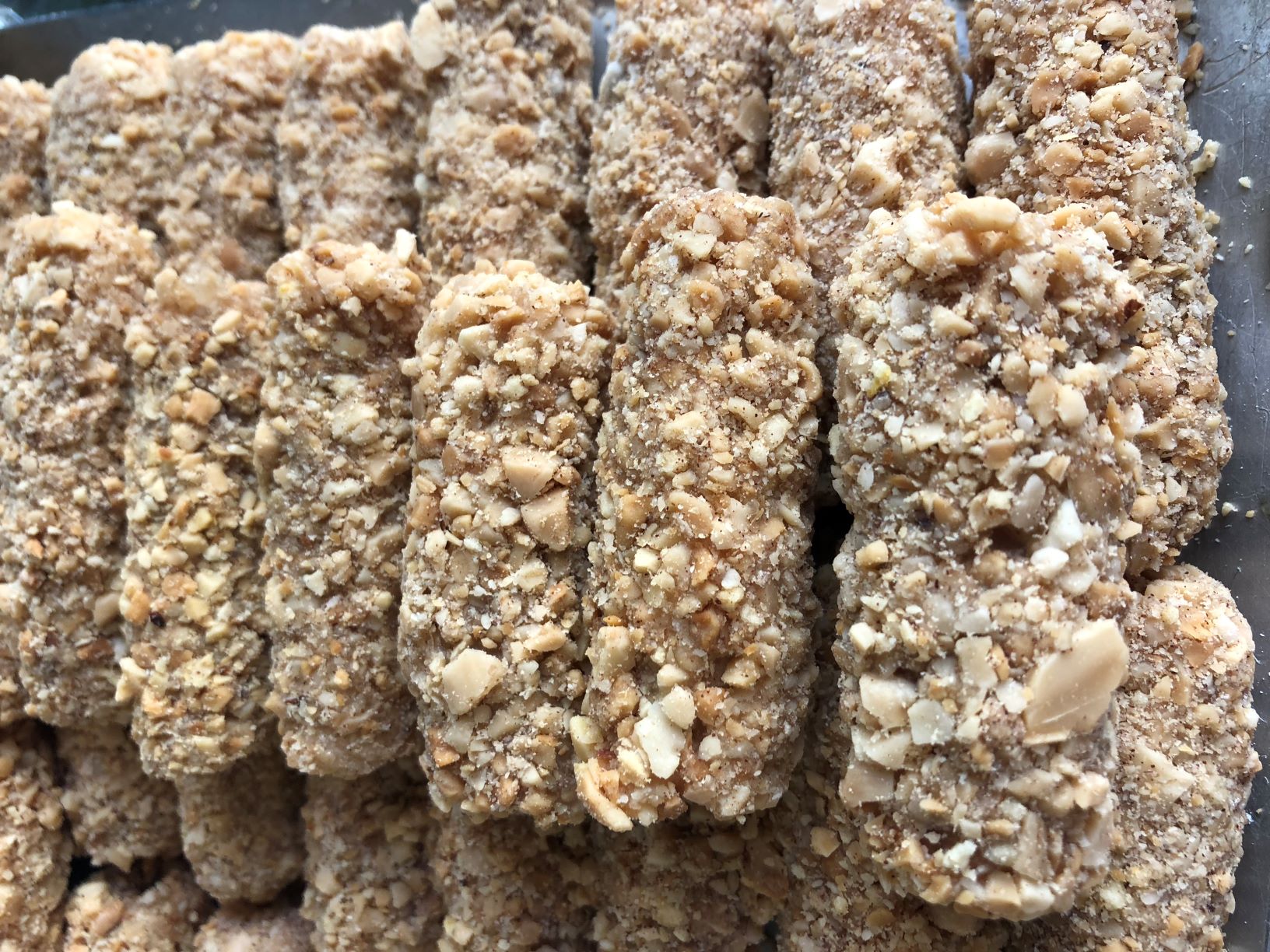Butterflies & dragonflies of Chios island, Greece
Nature lovers and observers of rare species will find a paradise-on-earth on Chios island.

According to Mr. Mike Taylor, naturalist and researcher of Chios island’s dragonflies, Chios’ chlora and fauna consists of a mixture of European and Asian/Middle Eastern elements, because of the island’s geography (in Eastern Aegean, close to the Asia Minor coast). Agricultural activity is non-intensive and the majority of population is gathered in Chios town – these facts have contributed to the preservation of the landscape and the protection of endemic plants and animals.

The intact nature of Chios is habitat for many species of dragonflies and butterflies, which the visitor can observe and admire either alone or with the help of a guide. These are valuable species, since dragonflies control the population of harmful insects, and the butterflies contribute to the pollination and reproduction of many plants.
These species that have impressive colours are also indicators of a stable ecosystem. On Chios island, we are lucky to enjoy the observation of many species, especially in areas that are habitats of the rare species. For naturalists and lovers of observation, here is a list of the species that you can see on Chios:

BUTTERFLIES:
- Maniola Chia (endemic of Chios)
- Archon apollinus
- Zerynthia cerisyi
- Arctia villica
- Panaxia quantripunctaria
Most butterflies are found in northern Chios.

DRAGONFLIES:
- Sympecma fusca
- Coenagrion puella
- Coenagrion scitulum
- Enallagma cyathigerum
- Ischnura elegans
- Platycnemis pennipes
- Anax ephippiger
- Anax imperator
- Anax parthenope
- Crocothemis erythraea
- Orthetrum brunneum
- Orthetrum cancellatum
- Orthetrum coerulescens anceps
- Cellisiothemis nigra
- Sympetrum striolatum
- Trithemis annulata

Dragonflies are found in water habitats, such as the Armolia reservoir, Kato Fana beach, Marmaro marsh, Kampia beach, Malagkiotis river in Volissos, mainly in spring and summer. 29 different dragonfly species have been recorded in Chios.
Armolia reservoir

Armolia reservoir has been designated as the most important dragonfly habitat in Chios. This is a reservoir that was initially built to cover the needs of the ceramic workshops that traditionally operate in the area. It is located at the north edge of Armolia village, in the Mastichochoria area, about 28 km from town. It is the richest site in dragonflies. The sign and easy access make the reservoir the best spot for observation and photography of dragonflies and birds. 18 species of dragonfly have been observed so far at Armolia reservoir, which also breed there, according to Mike Taylor.
Nature observation on Chios island

In recent years, naturalists and nature lovers and observers choose Chios island for their holidays, especially in spring and autumn. A couple of specialized English travel agencies have organized special interest trips for dragonfly observation on Chios. If you are interested in discovering the secrets of Chios nature, either by following organized activities or through a program tailor made to your special interests, you can contact us at Chios Tourism Department at the e-mail: This email address is being protected from spambots. You need JavaScript enabled to view it. in order to get all the necessary information.














